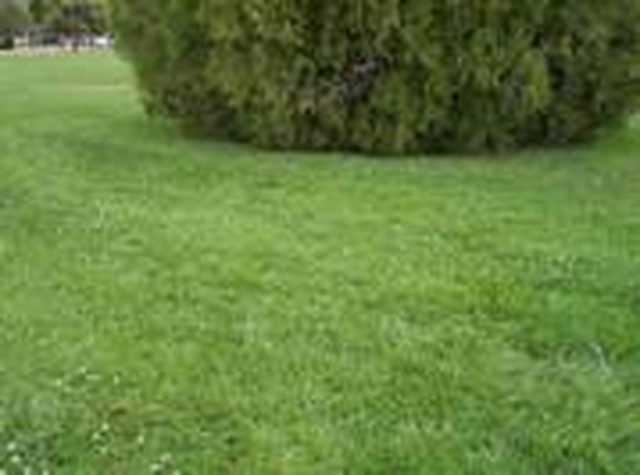Bulbs
Flower Basics
Flower Beds & Specialty Gardens
Flower Garden
Garden Furniture
Garden Gnomes
Garden Seeds
Garden Sheds
Garden Statues
Garden Tools & Supplies
Gardening Basics
Green & Organic
Groundcovers & Vines
Growing Annuals
Growing Basil
Growing Beans
Growing Berries
Growing Blueberries
Growing Cactus
Growing Corn
Growing Cotton
Growing Edibles
Growing Flowers
Growing Garlic
Growing Grapes
Growing Grass
Growing Herbs
Growing Jasmine
Growing Mint
Growing Mushrooms
Orchids
Growing Peanuts
Growing Perennials
Growing Plants
Growing Rosemary
Growing Roses
Growing Strawberries
Growing Sunflowers
Growing Thyme
Growing Tomatoes
Growing Tulips
Growing Vegetables
Herb Basics
Herb Garden
Indoor Growing
Landscaping Basics
Landscaping Patios
Landscaping Plants
Landscaping Shrubs
Landscaping Trees
Landscaping Walks & Pathways
Lawn Basics
Lawn Maintenance
Lawn Mowers
Lawn Ornaments
Lawn Planting
Lawn Tools
Outdoor Growing
Overall Landscape Planning
Pests, Weeds & Problems
Plant Basics
Rock Garden
Rose Garden
Shrubs
Soil
Specialty Gardens
Trees
Vegetable Garden
Yard Maintenance
How to Plant a Lawn From Scratch
How to Plant a Lawn From Scratch. A lush, green lawn is the perfect complement to any home’s landscape. A thriving lawn will provide a smooth carpet of grass for your family to enjoy whether your children choose to run barefoot through the grass during playtime, or relaxing on a warm summer evening. Planting a new lawn can be a lot of work,...

A lush, green lawn is the perfect complement to any home’s landscape. A thriving lawn will provide a smooth carpet of grass for your family to enjoy whether your children choose to run barefoot through the grass during playtime, or relaxing on a warm summer evening. Planting a new lawn can be a lot of work, so plan carefully for a lawn that will thrive for many years to come. Read on to learn how to plant a lawn from scratch.
Things You'll Need
Soil test kit
Lime or elemental sulfur
8-8-8 or 10-10-10 fertilizer
Moist peat moss
Large bucket
Rototiller
Grass seed
Lawn spreader
Rake
Lawn roller
Hay
Purchase a soil test kit from your local garden center. The test will tell you if your soil has the proper pH level for grass to thrive. Most grasses prefer a pH of six to seven. If the pH level in your soil is too low, you will need to add lime. If the pH level is too high you can lower it by applying elemental sulfur to the soil.
Following the directions for the type of lawn spreader you are using, spread the lime or elemental sulfur needed to correct the soil's pH level and add a complete fertilizer such as 8-8-8 or 10-10-10, over the area to be seeded. Use 20 to 40 lbs. of fertilizer per 1000 square feet. Place the moist peat moss in the large bucket and apply to a depth of 1 to 2 inches over the entire seedbed.
Using the rototiller, till the soil to a depth of 4 to 6 inches. Remove any rocks, sticks, or debris and discard. You will then need to rake the area until smooth, leaving small cracks and crevices to catch the grass seed. Roll the prepared seeding area with the lawn roller to firm the soil.
Load the grass seed into the lawn spreader. The type of spreader you are using for the project will dictate the amount of seed the spreader can hold at one time. Spread the grass seed over the prepared soil by pushing the lawn spreader in a north to south direction. Repeat the process moving east to west. Seeding your new lawn in this way will guarantee that all areas of the seedbed are covered.
Rake the area, lightly covering half of the grass seed with approximately 1/8 inch of soil. Leave the rest of the seeds exposed to help with germination.
Go over the newly seeded area once more with the lawn roller, moving in a north to south, then east to west direction as you did when planting the grass seed. This will press the seeds in contact with the soil, guaranteeing a strong root system.
Cover the seedbed with a light mulch of hay to conserve moisture until the newly planted seeds start to germinate. The hay will also prevent the seeds from washing away during a heavy rain.
Water the area thoroughly, penetrating the soil to a depth of 1 to 2 inches to promote a strong root growth. After the initial soaking, water your new lawn lightly several times a day for a week. Then water your new lawn daily.
Tips & Warnings
Items such as the rototiller, lawn spreader and lawn roller can be rented at your local hardware store.
Measure the area that you’ll be planting and purchase the amount of grass seed you will need accordingly.
Purchase top quality grass seed. Look for a germination percentage of 85 to 90 percent.
Do not mow your new lawn until it reaches 2 inches in height.